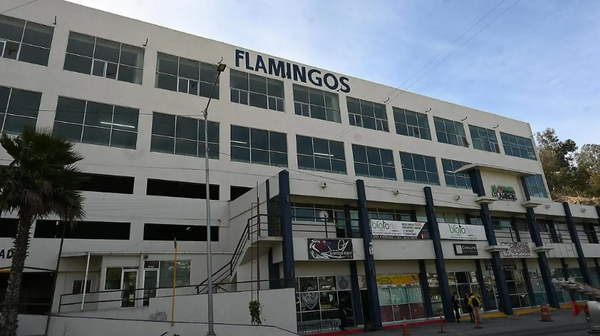
Meteorological spring is underway as of March 1, and from a historical standpoint, the typically coldest three months of the year have ended. Despite that, , Florida, the departure was 6.4 degrees above. ACCUWEATHER
From Dec. 1 to Feb. 28, temperature departures in much of the eastern half of the nation have ranged from 3 to 6 degrees above the historical average, which is substantial. In New York City, the departure was close to 5 degrees above the historical temperature average. In Orlando, Florida, the departure was 6.4 degrees above.
AccuWeather’s long-range team has warned of a flip in the jet stream pattern and a corresponding change toward colder conditions relative to the historical average for a large part of the Central and Eastern states beginning this month.
“March may not be frigid in the East, but it may not feel warm for extended periods like many experienced this winter,” AccuWeather Lead Long-Range Meteorologist Paul Pastelok said.
Since daily historical average temperatures trend upward during March and April, a flip in the pattern may lead to actual temperatures that stagnate or even dip below the historical average for a change. Those hoping that the unusual warmth from the winter will carry over into spring may be disappointed, forecasters say.
The jet stream is about to buckle in eastern Canada, which could force it to dip into the eastern part of the U.S. Cold air could pour into the Midwest and Northeast as that happens.
“A feature known as a Greenland block is expected to develop and strengthen this month,” AccuWeather Long-Range Meteorologist Joseph Bauer explained.

Meteorologists and many weather enthusiasts are quick to point out that this sort of pattern is an essential ingredient for snowstorms in the Northeast.
“Fueled partly by a weakened polar vortex, colder air will advance from the Western states to the East as the month progresses,” Bauer said. “At the same time, a more persistent high pressure area over eastern Canada will result in a storm track that shifts farther south in the eastern half of the nation. Many storms have been cutting well to the north, toward the Great Lakes, this winter.”
When the polar vortex, which is a storm at the jet stream level of the atmosphere, remains strong, it tends to keep frigid air locked up near the Arctic Circle. The polar vortex weakened in recent weeks, allowing cold air to move southward, but mainly into the western U.S. rather than farther to the east.
The pattern was a leading cause in the recent cold storm that slammed the West Coast with torrential rain and yards of mountain snow in Southern California and more than 10 inches of snow around Portland, Oregon.
The anticipated colder conditions in the East are likely to lead to more opportunities for snow farther south in the Midwest and the Northeast compared to much of the winter.
The 1.8 inches of snow that fell on New York City from Monday night to Tuesday was the biggest snowstorm of the winter. The Big Apple has measured only 2.2 inches for the entire winter so far compared to a historical average near 24 inches through the end of February. Farther south, Philadelphia and Washington, D.C., have mustered only a few tenths of an inch of snow this season.
Even though parts of the Midwest have been closer to the source of cold air in the West this winter, snow has been much less than the historical average. Chicago has had 17.9 inches of snow this winter, as of Feb. 28. This is only about 57% of the average. Meanwhile, Detroit has picked up 20.7 inches so far or about 55% of the historical average at the end of February. The pattern change could lead to more snow opportunities in the coming weeks for parts of the Midwest as well.
“With Atlantic waters being as warm as they are (temperatures are currently more typical of mid- to late April), there is plenty of potential energy available for storms to come along in the colder, upcoming weather pattern over the next several weeks,” Pastelok said. “There are typically a couple to a few nor’easters during the spring, and these could pack more snow closer to the coast than usual given the anticipated pattern.”
AccuWeather’s long-range team is keeping an eye on a setup that could lead to a widespread snowstorm in the Northeast during early April.
There could be another wintry side effect this spring as a result of months of milder conditions in parts of the East.
“Since the Great Lakes are largely free of ice, which is highly unusual for early March, there is the potential for significant lake-effect snow events as waves of cold air sweep across from Canada,” Pastelok said.
Even away from the traditional lake-effect snow belts, the colder pattern could lead to dangerous snow squalls that wander well away from the lakes. Similar conditions in the past have contributed to deadly multiple-vehicle accidents on area highways, such as I-80, I-81 and I-90.
Since the warmth has been so persistent in a large part of the Central and Eastern states, increasing episodes of cold air with frosts and freezes could raise the risk of damage to buds and blossoms, forecasters say.
Produced in association with AccuWeather







